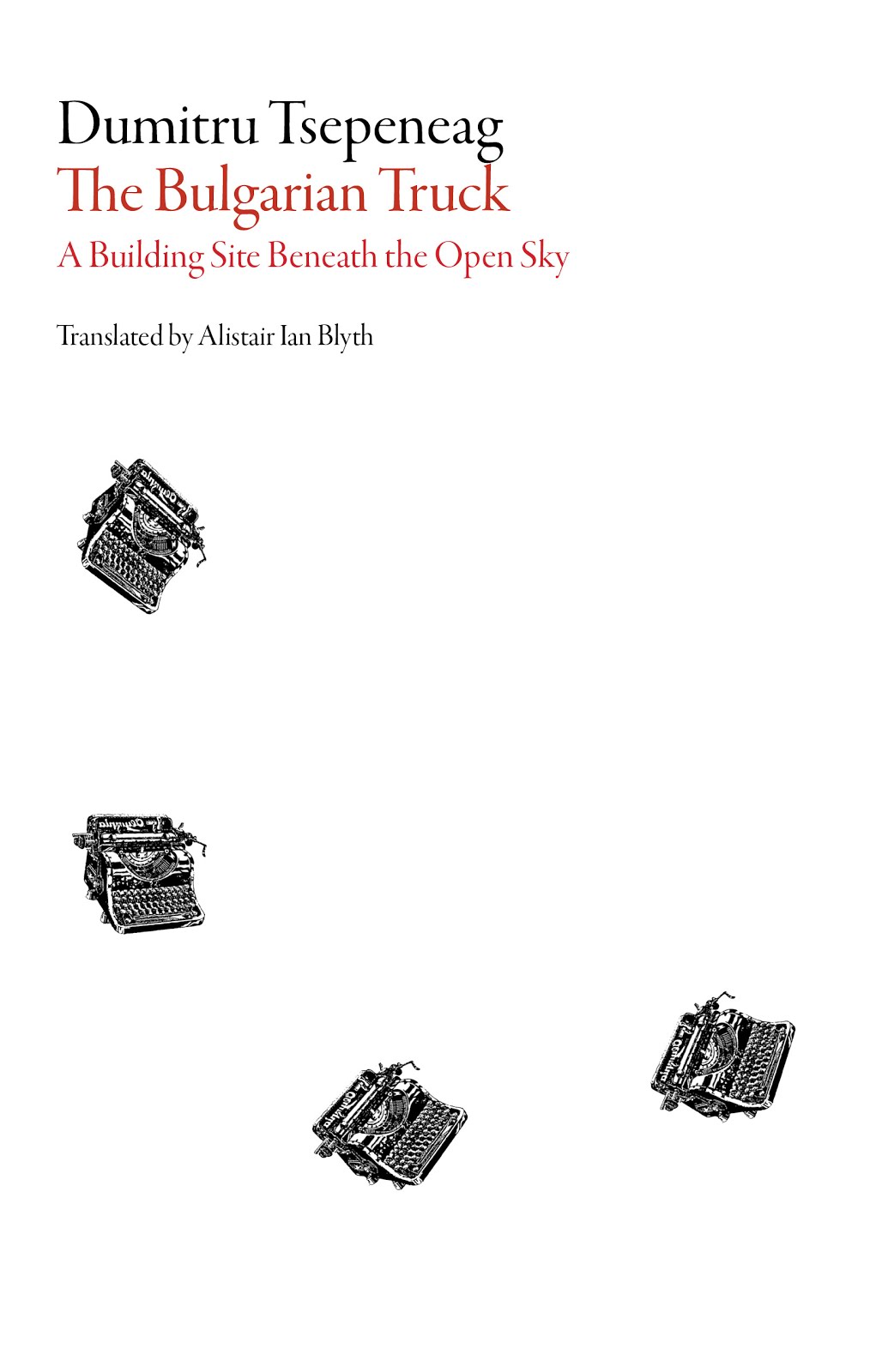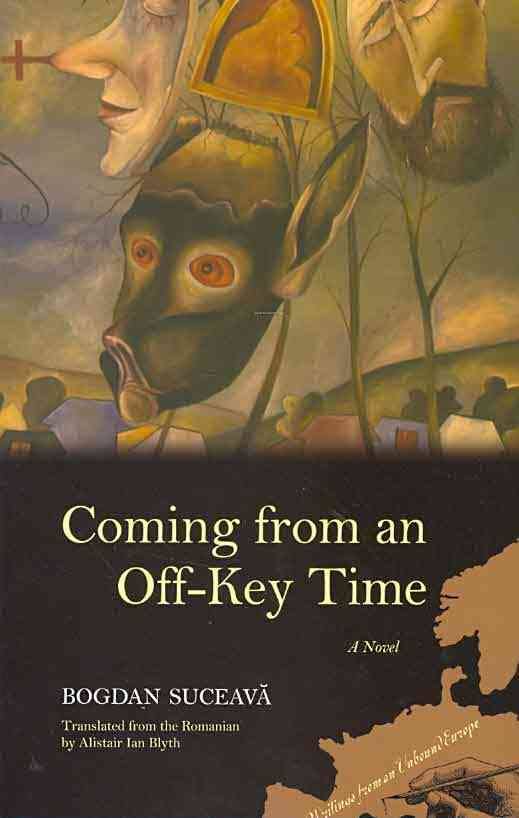First of all, it is noteworthy that a state of consciousness at any one
moment is an exceedingly complex thing. It is made up of a mass of
feelings and active impulses which often combine and blend in a most
inextricable way. External sensations come in groups, too, but as a rule
they do not fuse in apparently simple wholes as our internal feelings
often do. The very possibility of perception depends on a clear
discrimination of sense-elements, for example, the several sensations of colour obtained by the stimulation of different parts of
the retina. But no such clearly defined mosaic of feelings presents
itself in the internal region: one element overlaps and partly loses
itself in another, and subjective analysis is often an exceedingly
difficult matter. Our consciousness is thus a closely woven texture in
which the mental eye often fails to trace the several threads or
strands. Moreover, there is the fact that many of these ingredients are
exceedingly shadowy, belonging to that obscure region of
sub-consciousness which it is so hard to penetrate with the light of
discriminative attention. This remark applies with particular force to that mass of organic feelings which constitutes what is known as cœnæsthesis, or vital sense.
James Sully, Illusions: A Psychological Study, New York, 1891





















No comments:
Post a Comment